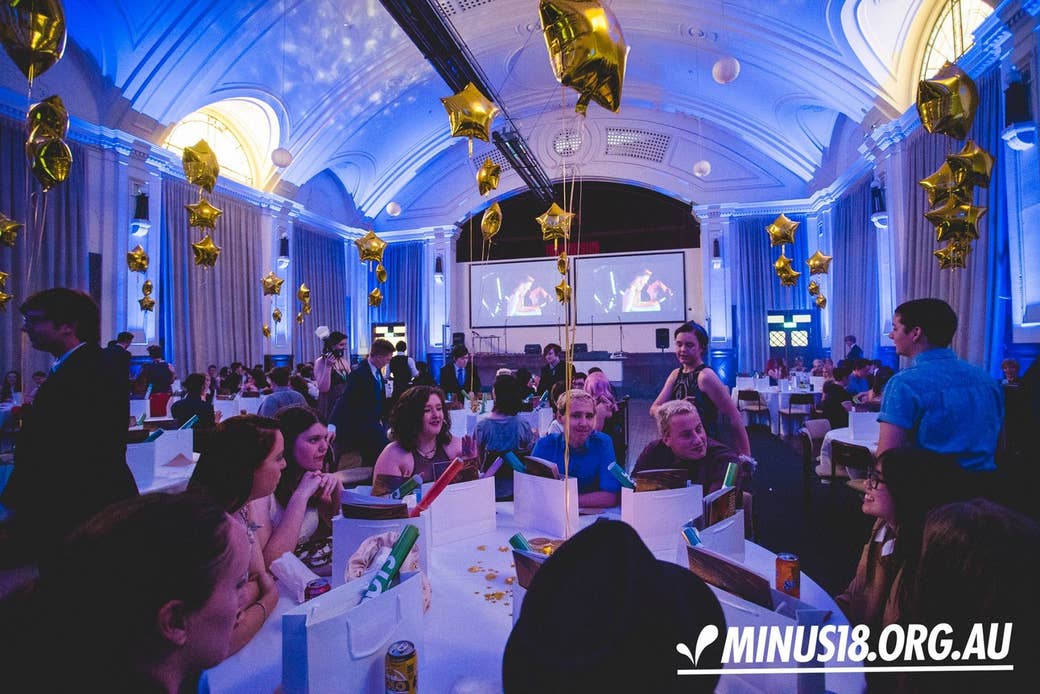
Traditionally, school formal night itself pales in comparison to the weeks of anticipation.
Thoughts of table configurations, outfits, fake IDs, and, of course, dates cloud the collective psyche of the average graduating class. But for kids who are gay, bisexual, and transgender, such everyday worries easily magnify as they wonder where they fit in this particularly “straight” mainstay of the high school experience. Consider the transgender girl who has long dreamed of the opportunity to wear a ball gown, but fears ridicule by her peers. Or the out guy who wants to bring his boyfriend from another school, but is met by a hostile administration. For this girl, this guy, and many, many others, the formal can be a minefield of awkward situations and social exclusion.
Enter Minus18. A group for LGBTI young people based in Victoria, Minus18 has run several successful formals for queer young people and their friends in Melbourne over recent years. The group has tapped into a market with clear demand – numbers at their last Melbourne formal swelled to about 500.
And this year, the group took the formal to Adelaide, South Australia. BuzzFeed News was there as a group of 120 nervous teenagers and young people turned up to experience the kind of formal they never got to enjoy at school.
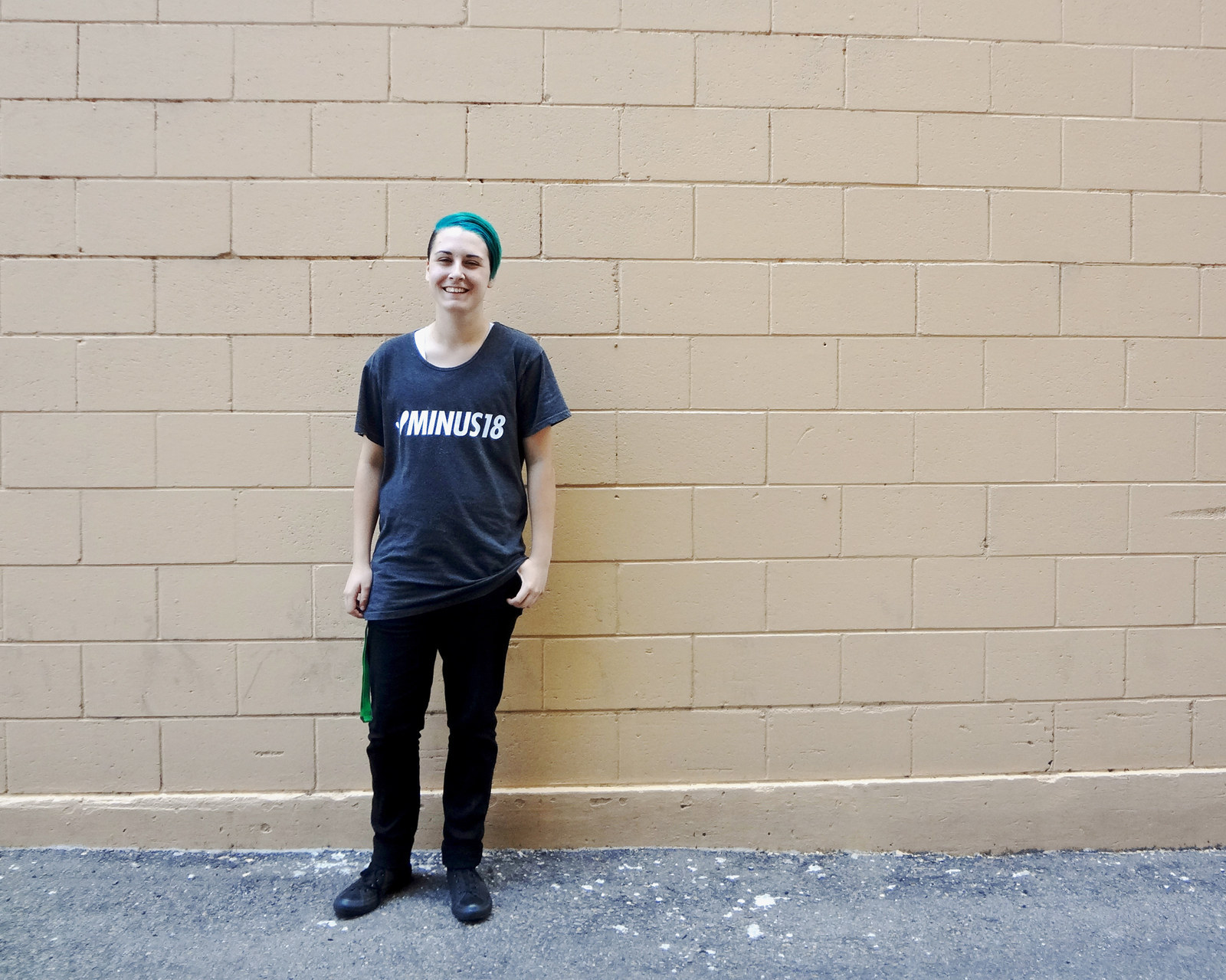
Jeremy, 19, is a Minus18 volunteer. A bunch of them trekked over from Melbourne to Adelaide, crammed into two cars along with tablecloths, booklets, and other important miscellany. Identifying as a transgender, non-binary person, Jeremy uses the gender-neutral pronoun "they".
At their all-girls Catholic school in Melbourne, same-sex formal partners weren’t allowed, and Jeremy felt compelled to hide the fact they are transgender from all but a few close friends.
“You know how things are in high school,” they say. “Shit spreads.”
The experience left them “bummed out”, Jeremy says – but also eager to pitch in and help, so younger kids can have a different experience.
We’re talking on the stairs just outside the Adelaide Freemasons Hall. Inside, the Minus18 crew are madly tying balloons together and constructing table settings out of glass jars, fairy lights, and glitter, while a playlist titled “electronic chill” blasts through the sound system.
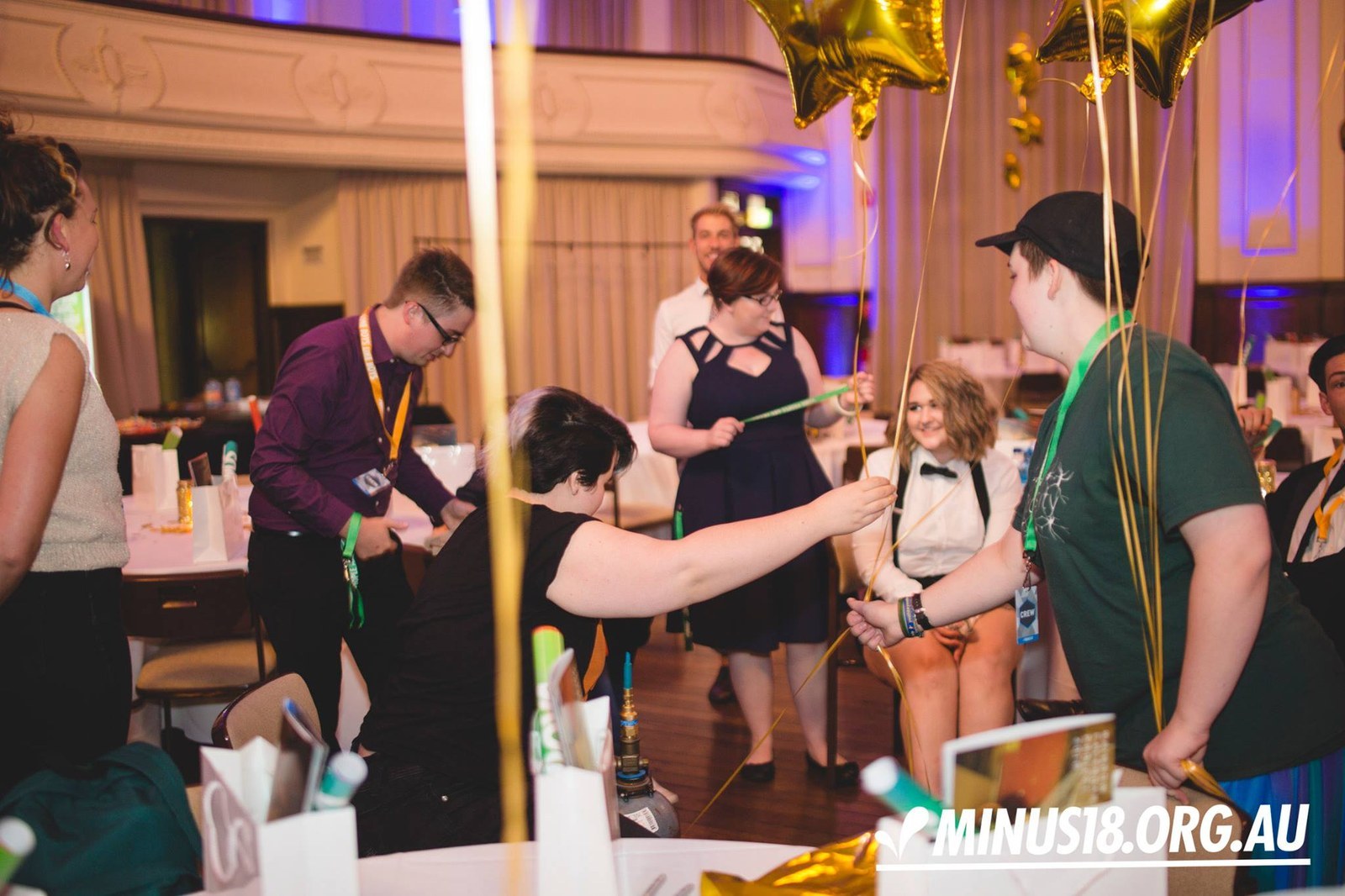
It’s through this productive group of teens and twentysomethings that Jeremy found the words, the confidence, and the resources to come out as transgender to their family. “It’s a lot for them to take in, but they’re pretty supportive,” Jeremy says. “They’re doing the best they can.”
Is it fair for them to take that time?
“They still get my name wrong, they still get my pronouns wrong, but I know that they are trying,” Jeremy says. “And I think that’s enough for me.”
Jeremy adds: “I definitely have it a lot better than some of the other people, which is why I wanted to help out tonight."
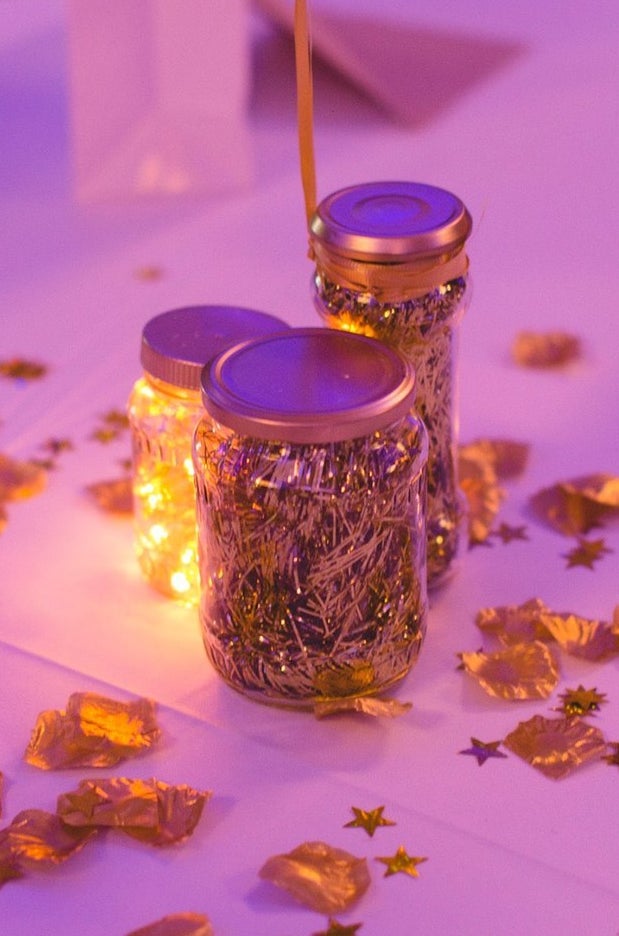
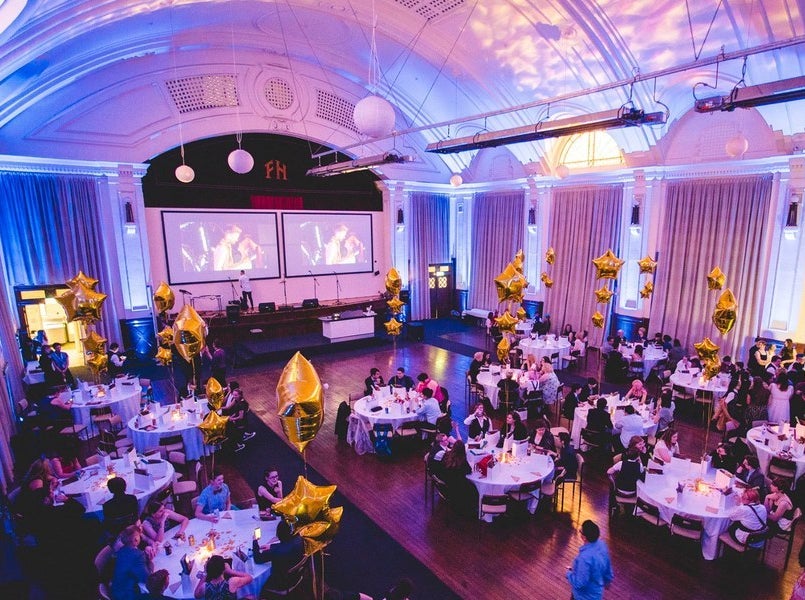
A couple of hours later, Freemasons Hall is fully decked out – gold leaves artfully scattered over the cute table settings, the “bar” stocked with cans of Solo, Fanta, and Coke, and a pizza catering company set up out the back.
It’s a classic school formal setting, but as the young people roll in, the queerness of the event becomes clear. Kids stand out, blur the gender binary, do away with the girls-in-dresses-and-heels, boys-in-black-suits mentality. One has a fringe dyed in the colours of the pride flag. Another turns up in a full-length ball gown. Plenty of baby-faced teens are looking dapper in chinos, blazers, bow ties, and suspenders. They all look great.
Two quiet boys with matching red roses on their lapels tell me they’re 17, in Year 11, and “very excited to be here” as they pose for the photo booth. Their hands remain entwined as they barely change their pose for all four flashes of the camera. After they’ve picked up their strip, a more boisterous group clamour in front of the tiny screen. Mid-session, a boy rockets up to the group and ebulliently plants an kiss on another boy, holding him and rocking back and forth for at least 10 seconds. No one bats an eyelid.
“This is going to sound really daggy, but every time we run one of these it takes me back to my first year,” says Margot Fink.
Margot is 21, and a nominee for the 2016 Young Australian of the Year award for her activism and advocacy within the transgender community. Her first formal with Minus18 was in 2010, when she started working with the organisation – and she hasn’t looked back.

“I wasn’t really out to that many people, and a friend had kind of dragged me along and walked me into that room, with hundreds of other people,” she says.
“I’d never been in a space like that before, and I went from being one of a handful of people to part of something massive.”
Approximately 120 people come to the Adelaide formal – making it small by Melbourne standards, but the biggest event for queer youth in Adelaide’s recent memory. Later, Minus18 regulars tell me the night had a special vibe to it, and some Adelaide youth workers comment that they’ve never seen some of the kids so relaxed.

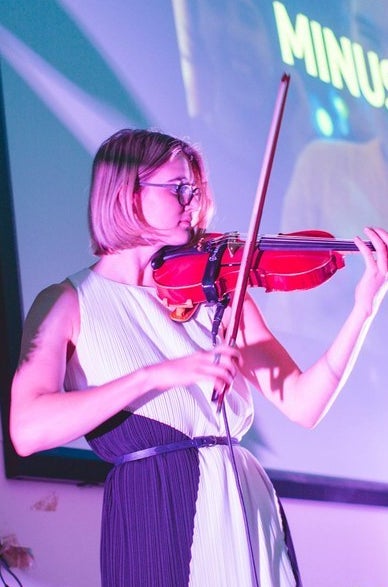
Even for a regular formal, the mood is surprisingly unrestrained – particularly given the non-alcoholic bar. The teens hit the dance floor before pizza is even served, bopping along to the tunes of two separate bands. A conga line snakes its way around the room, picking up almost everyone in attendance. When a DJ starts up around 8pm, the stampede to front of the hall is immediate. Instead of a brave group or two venturing out onto the floor to kick off the night, it's 100 of them, immediately, jumping up and down as though they are in the moshpit at Stereosonic.
There are sweet, quiet moments too. I walk past the quiet couple with red roses on their lapels taking a break on the stairs outside the hall. The shorter one is resting his head on the taller one’s shoulder as they murmur quietly about how happy they are to have found one another. When one of the bands breaks out a slow, violin-inspired version of Macklemore’s "Same Love", the dancefloor rapidly transforms to a sea of slow-dancers –couples and groups of all shapes, sizes, genders, and outfits swaying gently.
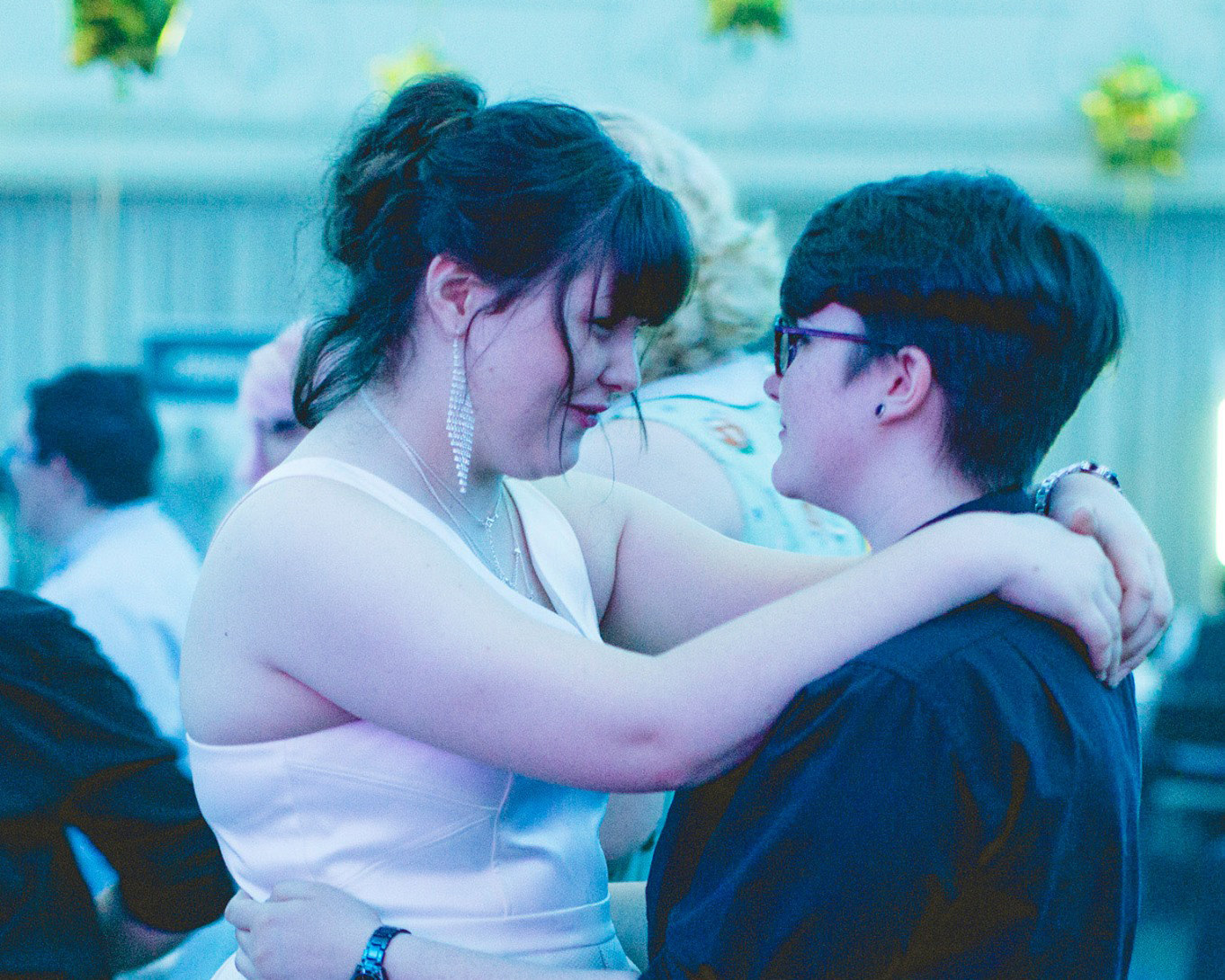
But the strangest part of the formal isn't what's there, but what's missing: self-consciousness. It pervades all kinds of teenage social interactions, but particularly the lives of queer kids, who tend to feel as though their very being is something to be ashamed of. The Adelaide formal is a stark reminder that the social awkwardness often accompanying teenage queerness is entirely contextual – that when you put those kids in a room where they have nothing to be ashamed of, they stop being ashamed. That's it.
Events like the formal are important to let kids know there is a happy future out there for them, says Margot.
“For me, growing up, I had no one I could look to," she says. "That sucked, because I was like, ‘OK, I can be open with who I am and what I am, but I probably won’t be successful in my career, I’ll probably lose a bunch of friends, my family might reject me.'
“In hindsight, those weren’t correct assumptions. But because there was no one I could relate to … that’s the only thing I could believe. Being able to break that down for other people is huge.”
